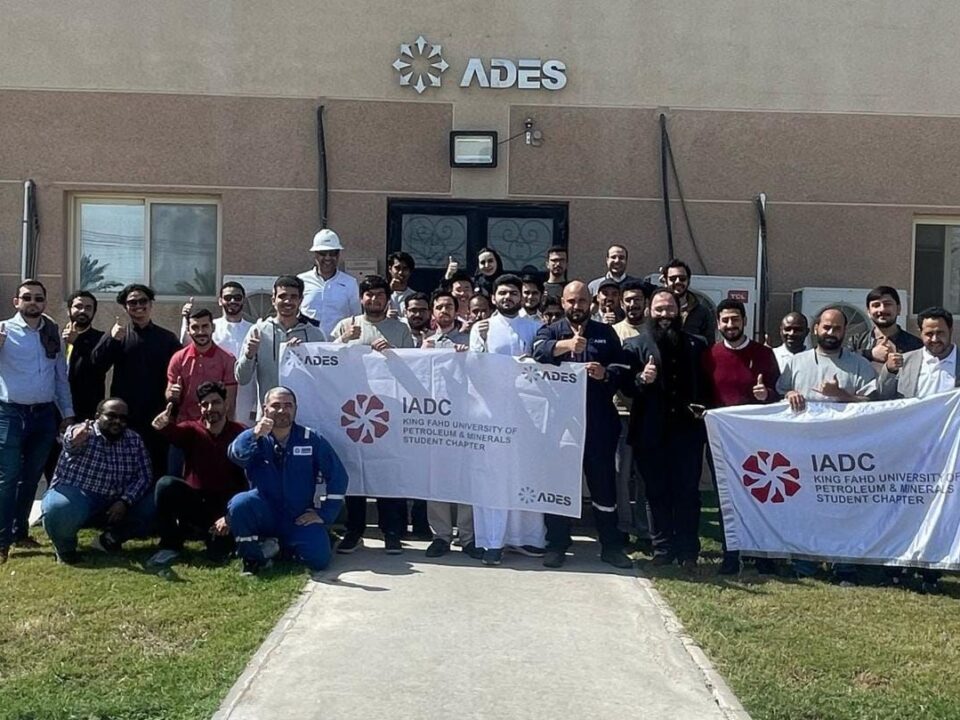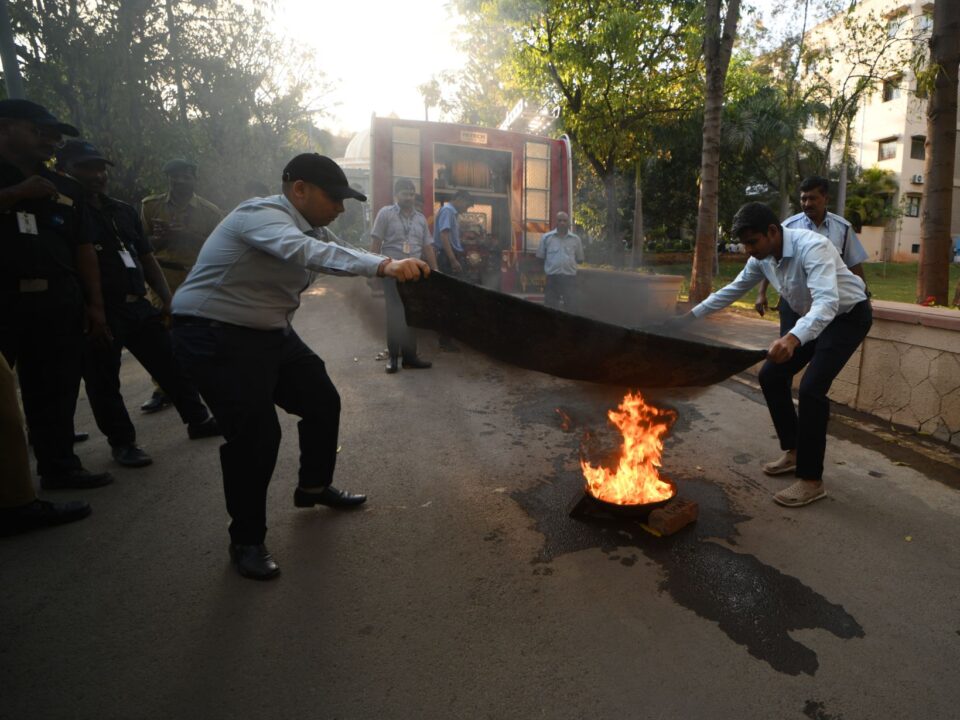It all started when Les Skinner raised his hand to volunteer. Not to write a book. (Although, that would come much later.) No, Les Skinner raised his hand on the first day of work with Amoco Production Company almost 50 years ago when a gray-haired supervisor if anyone knew about working on a drilling rig.
Having grown up in the Panhandle (Brown Dolomite) Field, a reservoir that stretches from New Mexico to Oklahoma across the Texas Panhandle, Les raised his hand. He was used to the oilfields, used to all the sights, smells, and sounds of drilling rigs and refineries.
“Great! You’re a drilling engineer now,” his boss told him.
Fresh out of Texas Tech University with a B.S. in Chemical Engineering, Les’s initial plan to work in a gasoline plants. He had previously interned at Texaco in Midland, Texas, in gasoline plants. Instead, his plans were immediately altered.
Little did Les know that his altered plans would take him all over the world.
Not His First Rodeo
“Life is funny in how quickly it passes you by. As I switched titles from husband to father to grandpa, from drilling engineer to supervisor to independent consultant, I picked up a lot of knowledge along the way,” said Les Skinner, Engineering Consultant at Tekoa Operating Company.
After solving evermore complex issues as a reservoir engineer, engineer supervisor, or senior well control engineer, Skinner got into enhanced oil recovery and the more sophisticated snubbing and coiled tubing well control techniques. As a Senior Well Control Engineer at Cudd Energy Services, Skinner co-developed new technologies on snubbing units and coiled tubing that were later patented by Cudd.





